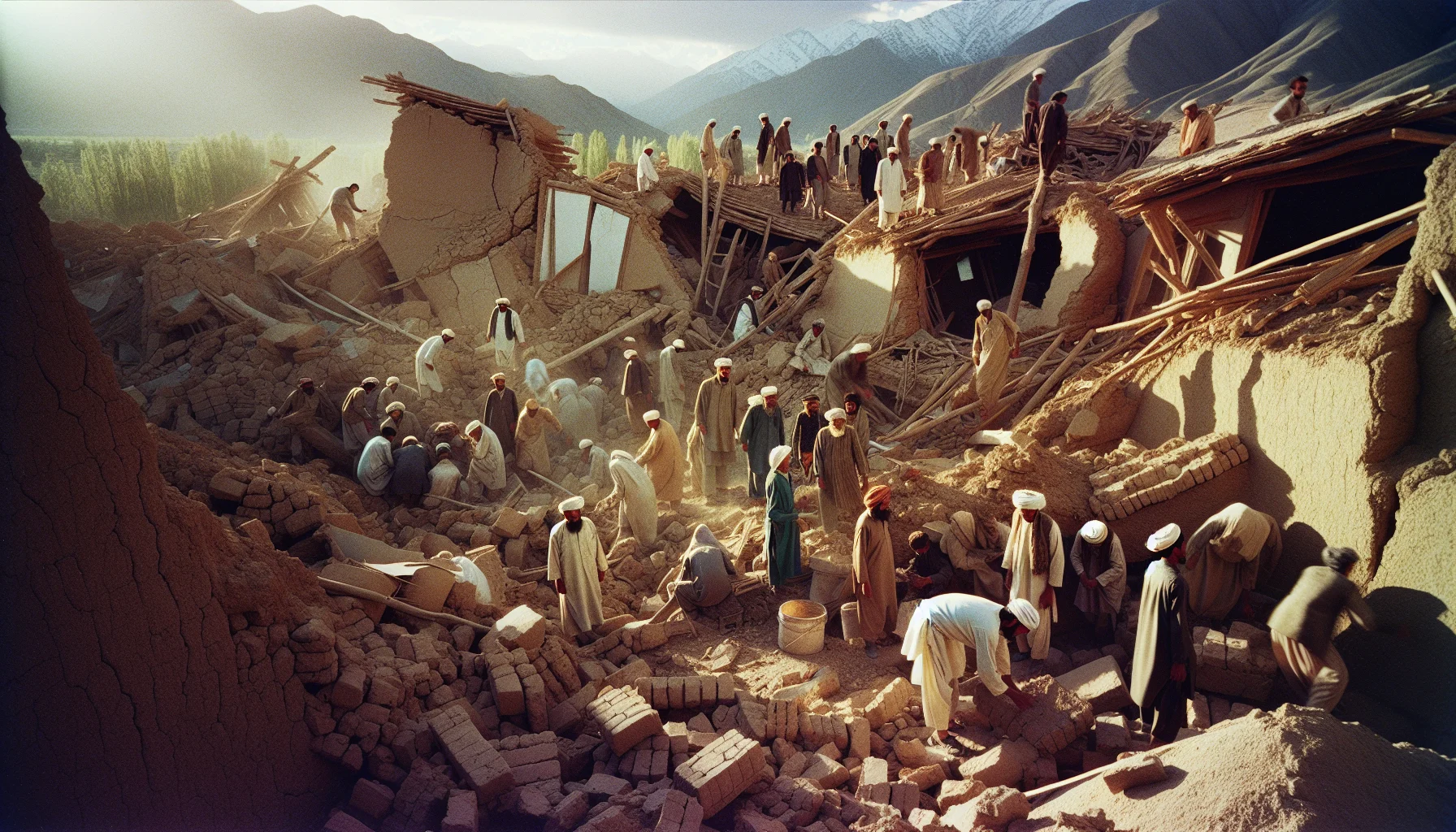
The 1997 Qayen Earthquake
by: The Calamity Calendar Team
May 10, 1997
The Ground Beneath
The desert silence of Iran's Khorasan Province was shattered just before 1 PM on May 10, 1997. A violent convulsion, measured at a magnitude of 7.3, ripped through the earth near the towns of Birjand and Qayen. For 37 seconds, it was as if the planet itself roared. Homes crumbled like dust, roads split asunder, and the long-standing calm of rural life fractured irrevocably by nature’s wrath.
The Seismic Prelude
Life in Khorasan Province had always carried an unspoken acknowledgment of the earth’s capricious nature. Positioned between the pressing plates of Arabia and Eurasia, this region of Iran is no stranger to seismic shifts. The people of these lands were descendants of survivors — generations of families who had endured the unpredictability of tectonic grudges. They lived with respect for the ground beneath, understanding that at any moment, it could betray them.
Historically, the landscape had shaken before, most notably during the 1968 Dasht-e Bayaz earthquake, which left a haunting memory in the minds of many. Still, over the decades, any sense of urgency for preparedness was often dulled by economic hardships that overshadowed infrastructural improvements.
The Morning of May 10
That morning in 1997, as the sun climbed the gentle slopes of the Alborz mountains, villagers went about daily routines. In small communities, families prepared for midday rest, shopkeepers tended to goods, and farmers saw to their fields. Any sense of the forthcoming disaster lay quietly concealed beneath the chatter of day-to-day life, lingering only as faint forebodings deep in the earth.
When the Earth Spoke
At 12:57 PM, the earth unleashed its fury. Buildings, many composed of mud-brick, folded under the aggression. Across several villages, devastation lay heavy and widespread. The town of Qayen bore witness to this grim disarray as structures vanished into rubble. Dust and cries mingled in the air, transforming serene streets into scenes of chaos and despair.
Immediately after the quake, the intricacies of human resilience emerged. Though remote and rural, these communities sprang into action. People, startled but resolved, began digging through debris, seeking loved ones and neighbors beneath the broken shells of their towns.
Thanks for subscribing!
Aftermath and Healing
In the hours and days that followed, the scope of the tragedy drew into focus. Countless homes were left as ruinous mounds, and approximately 1,567 lives were tragically lost beneath the sunless weight of collapsed roofs. More than 2,300 individuals bore injuries that stood as grim reminders of the quake's power.
Displacement was vast, with tens of thousands thrust into a landscape absent of shelter. Makeshift tents dotted the horizon, stitched together with the urgency of necessity. Around 50,000 people required immediate aid, struggling to glimpse any semblance of normalcy amidst devastation valued at an overwhelming economic toll of over $100 million.
Rallying for Relief
The Iranian government mobilized, extending a lifeline to the afflicted areas. International crises called for global compassion, and quickly, a confluence of help descended upon the region. The Red Crescent Society, alongside the United Nations and countless humanitarian organizations, converged on Khorasan Province, bringing with them resources: food, water, medicine, and shelter.
Efforts were hampered by the region’s inherent remote isolation. Roads were often little more than dirt veins threading through desert terrain, complicating the delivery of critical aid. But against such logistical hurdles, perseverance took root, leading to the eventual stabilization of immediate concerns.
Building from the Ashes
This disaster underscored the dreadful price of insufficient preparedness in the face of seismic jeopardy. The call for improved infrastructure and upgraded building codes rang with new urgency across Iran. In subsequent years, engineers and scientists alike embarked on quests to fortify at-risk communities with innovations aimed at resilience.
Advancements in monitoring technology provided clearer windows into the restless behavior of tectonic plates. International partnerships fueled advancements that would, hopefully, afford warnings and reduce future losses.
Lessons and Legacy
The 1997 Qayen earthquake stands as a somber reminder of nature’s devastating potential. It taught lessons of the necessity for vigilance and the unifying power of international compassion. From calamity came also an enduring awareness and dedication to protecting those who reside under the unpredictable skies of seismically active regions.
In the shadow of that fateful day, the people of Khorasan Province, with strengthened resolve, regrouped. Brick by brick and year by year, they rebuilt their communities, pairing the tenacity of their ancestors with tools of modern science. And so, amidst echoes of the past, they continued to write their futures, guided by memories of resilience and hope.
Stay in the Loop!
Become a Calamity Insider and get exclusive Calamity Calendar updates delivered straight to your inbox.
Thanks! You're now subscribed.